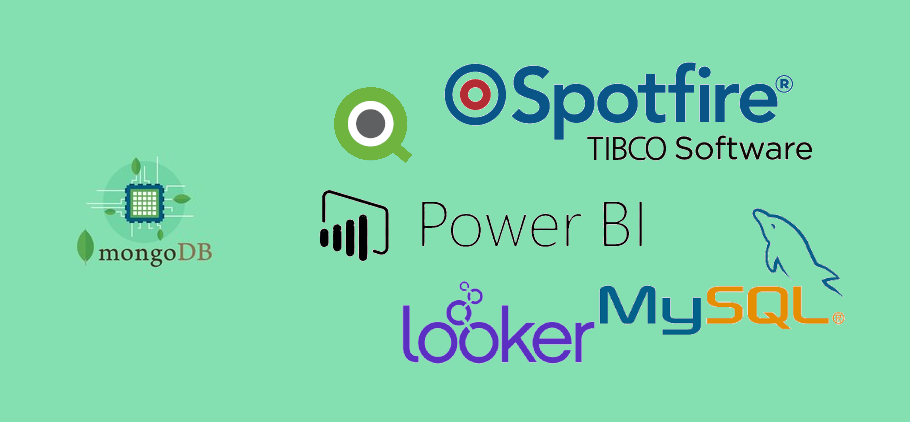

Users can start a project with few or no rules at all, and add them in later. The new tool, code-named Mongo Scout, “points to the data to show you what you have,” he added. Thus, MongoDB today announced it is providing validation rules for data, so “You’ll get an error if you try to import data that does not adhere to the rules,” Stirman explained. “This accelerates application development, but it’s unnerving to not have a central mechanism to enforce a schema.” “There’s no governance around the quality or integrity of data,” Stirman said. The flexibility of schemas leaves defining the data structure to developers, whereas in traditional database shops, the database administrator would hand the developers a schema and the developers would write their applications to work with that data model. The company today demonstrated how the connector works by looking at JSON data from the Federal Aviation Administration and MongoDB World attendee data to see the likelihood of those attendees getting home on time, with that information represented in a rich structure, Stirman said. “With Excel alone, there are hundreds of millions of installs that can point at MongoDB and visualize data,” according to Kelly Stirman, vice president of strategy at MongoDB.
#MONGODB BI TOOLS DRIVERS#
(Related: New DataDirect Drivers for MongoDB and SparkSQL)Ĭreated under a partnership with Tableau, the connector works with Cognos, Excel and many other business intelligence tools. MongoDB is looking to close that gap by announcing at its user conference a connector that enables any business intelligence tool that understands SQL to look at and visualize data in MongoDB. The disadvantage, though, is that they cannot take advantage of SQL structures, and this makes visualizing the data a difficult task.


Unlike relational databases, NoSQL schemas have a low up-front overhead and are easy to change over time. One of the great appeals of NoSQL databases is the flexibility of schemas.


 0 kommentar(er)
0 kommentar(er)
